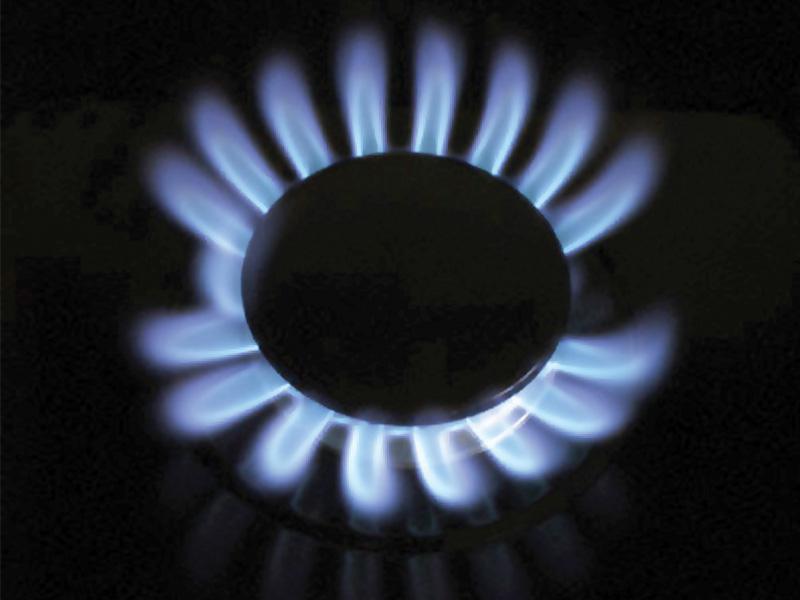Islamabad:
The Petroleum and Gas Régulation Authority (OGRA) has increased a gas price increase for consumers from Su sur SUD Northern Gas Pipeline Limited (SNGPL) and Suithern Gas Company Limited (SSGCL) for financial year 2025-26.
The regulator has sent its decision to the federal government for an official notification of category consumption gas prices. Under the law, the federal government is required to refer the notification within 40 days of OGRA’s decision.
In a statement, OGRA said that by article 8 (1) of the OGRA order, 2002, he determined the estimated income (ERR) requirements of the SSGCL and the SNGPL through his decisions dated May 20, 2025.
The determinations have been submitted to the federal government for price sales councils in the category, as required by article 8, paragraph 3, of the same order.
SSGCL had requested an increase in the average price prescribed gas prescribed to RS 2,398.90 per MMBTU, but OGRA approved an increase of Rs 103.95 per MMBTU. Currently, the average average prescribed price of SSGCL amounts to Rs 1,762.51 by MMBTU.
Likewise, Sngpl requested an increase of Rs 707.37 by MMBTU; However, the regulator only granted RS116.90 by MMBTU. The increase in the price prescribed by the SNGPL is mainly resulting from the impact of the diversion of remanied liquefied natural gas (RLNG) in accordance with the decision of the federal firm dated October 30, 2023.
Noting the diversion RLNG on regular increase and its influence on prices, OGRA ordered SNGPL to get involved immediately with the federal government to review the management of the gas supply.
The authority advised the examination to consider the demand for sectoral energy, international contractual obligations and macroeconomic factors.
OGRA reiterated that until the revised selling prices are informed by the federal government and officially informed, the existing gas prices will remain in force.
The SNGPL informed the OGRA that the drop in national and commercial consumption of gas is largely due to price increases that have changed the user models.
High RLNG prices, an increase in system gas prices and a direct debit on captivity power plants (CPP) have pushed industrial consumers to the national network or alternative fuels.
In addition, the exemption from gas by the energy sector has considerably decreased, from 66% to 33%, in recent years, resulting in a reduction of 150 MMCFD in consumption. Gout is attributed to greater dependence on solar energy and other alternative fuels, which reduce dependence on expensive RLNG.
The SNGPL also explained that the reduction in indigenous gas supplies is due to 1,000 mmcfd of RLNG locked up in government government agreements.
The fact of not raising the committed volume could lead to penalties taken in force (superior) and by default potential sovereign.
Meanwhile, RLNG’s demand has dropped due to the reduction in consumption by CPP users and the energy sector. The reduction of native gas has also been undertaken to maintain the integrity of the system.




